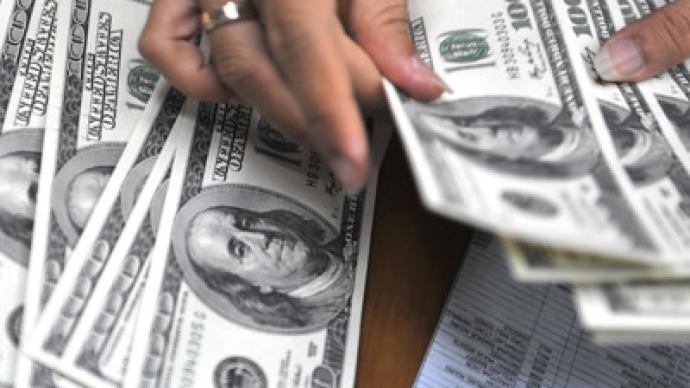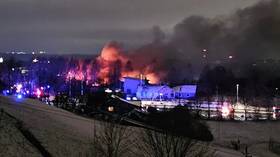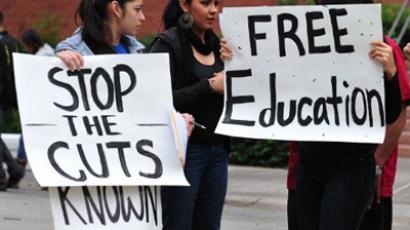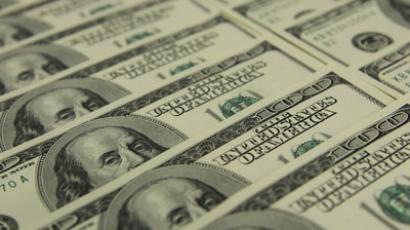US economic growth slows down to all-year low

Economic growth has stalled once more in the States, with statistics released on Friday from the Commerce Department coming up too shy to suggest that the country is close to recovery three years after the recession was officially put to rest.
The latest numbers out of Washington confirm that the country is experiencing economic growth at a grueling pace that is simply too sluggish to trigger a turn around by the year’s end: from April through June, the US economy grew at an annual rate of a mere 1.5 percent, down from the first quarter’s rate of 2 percent."The main take away from today's report, the specifics aside, is that the U.S. economy is barely growing," BTIG LLC strategist Dan Greenhaus tells the Associated Press. "Along with a reduction in the actual amount of money companies were able to make, it's no wonder the unemployment rate cannot move lower."Economists for the AP add that growth at or below 2 percent isn’t enough to bring the unemployment rate down, revealing that the issue of economic recovery and stagnant job growth will continue to be a problem in the country, and especially for President Barack Obama. The commander-in-chief has been targeted with repeated attacks from his opponents who accuse him of doing nothing to turn the country’s jobs market around. With the president up for reelection in less than four months, he faces an uphill battle unless numbers can miraculously turn around in the interim. Experts aren’t optimistic, though: the AP also reports that economic growth at or below 2 percent won’t be enough to lower the unemployment rate by the time the Department of Labor publishes their next report.With the economy growing at an annual rate of only 1.5 percent, Cal State Channel Islands economist Sung Won Sohn tells the Los Angeles Times that it translates to fewer than 100,000 new jobs being created at a monthly pace. “That's not enough to take care of new workers coming into the labor force, let alone rescue the unemployed," Sohn tells the Times.It could, however, be the catalyst that finally causes the Federal Reserve to implement a new policy. Economists have increasingly suggested in recent weeks that the Fed could launch another round of quantitative easing in an attempt to spur growth. If all else fails, that very well might be the next step."If the economic data next week continues [to be weak], then probably the market can keep their hopes up that [the] Fed would eventually resort to more stimulus," Peter Cardillo of Rockwell Global Capital tells the BBC.Last week Federal Reserve Chairman Ben Bernanke told Congress, “We are looking very carefully at the economy, trying to judge…whether or not the economy is likely to continue to make progress towards lower unemployment.” If a positive outlook appeared unlikely, warned Bernanke, the bank would “obviously…have to consider additional steps.”The Fed is scheduled to meet next week and are likely to consider the latest Commerce Department figures when readying a plan.














